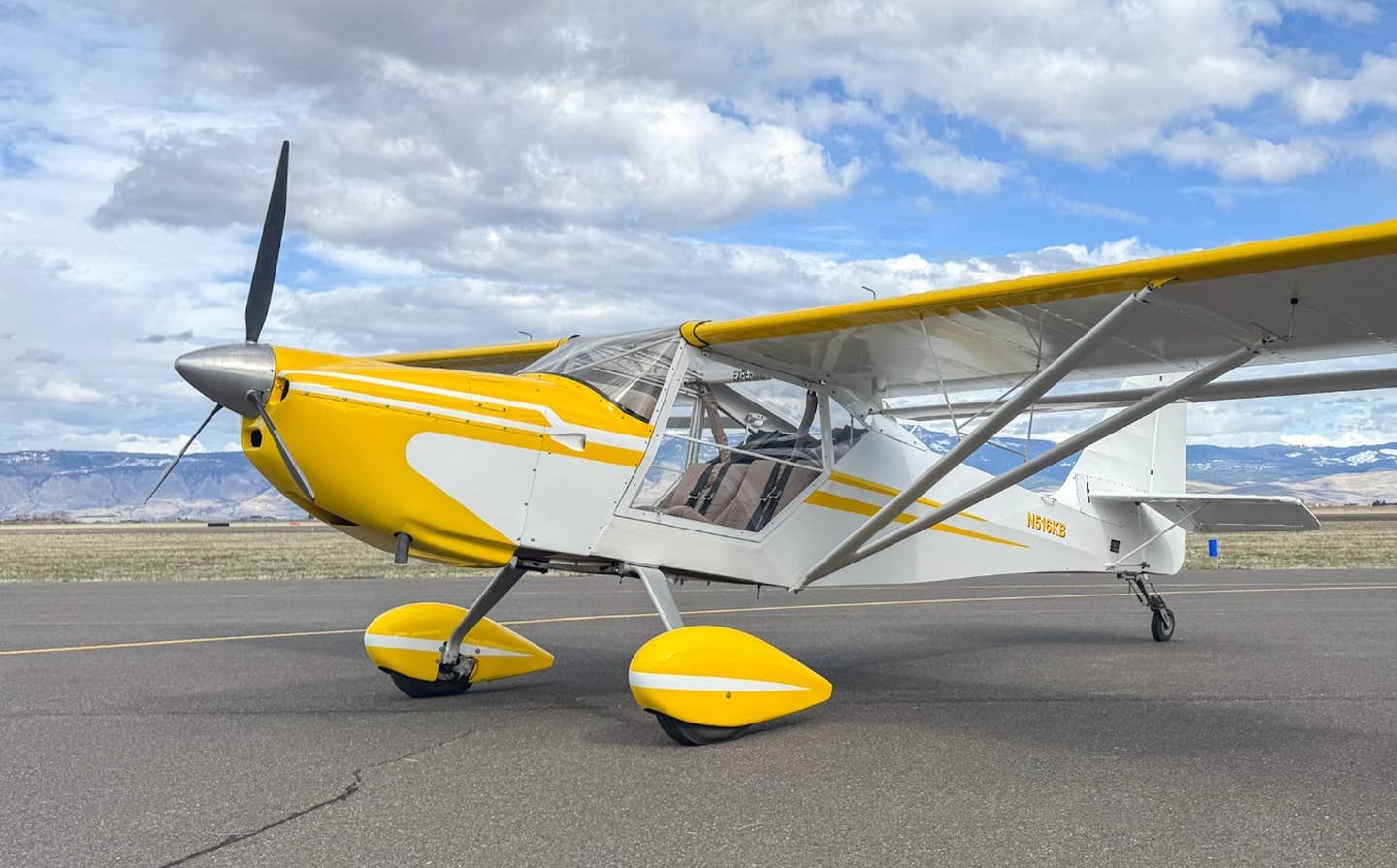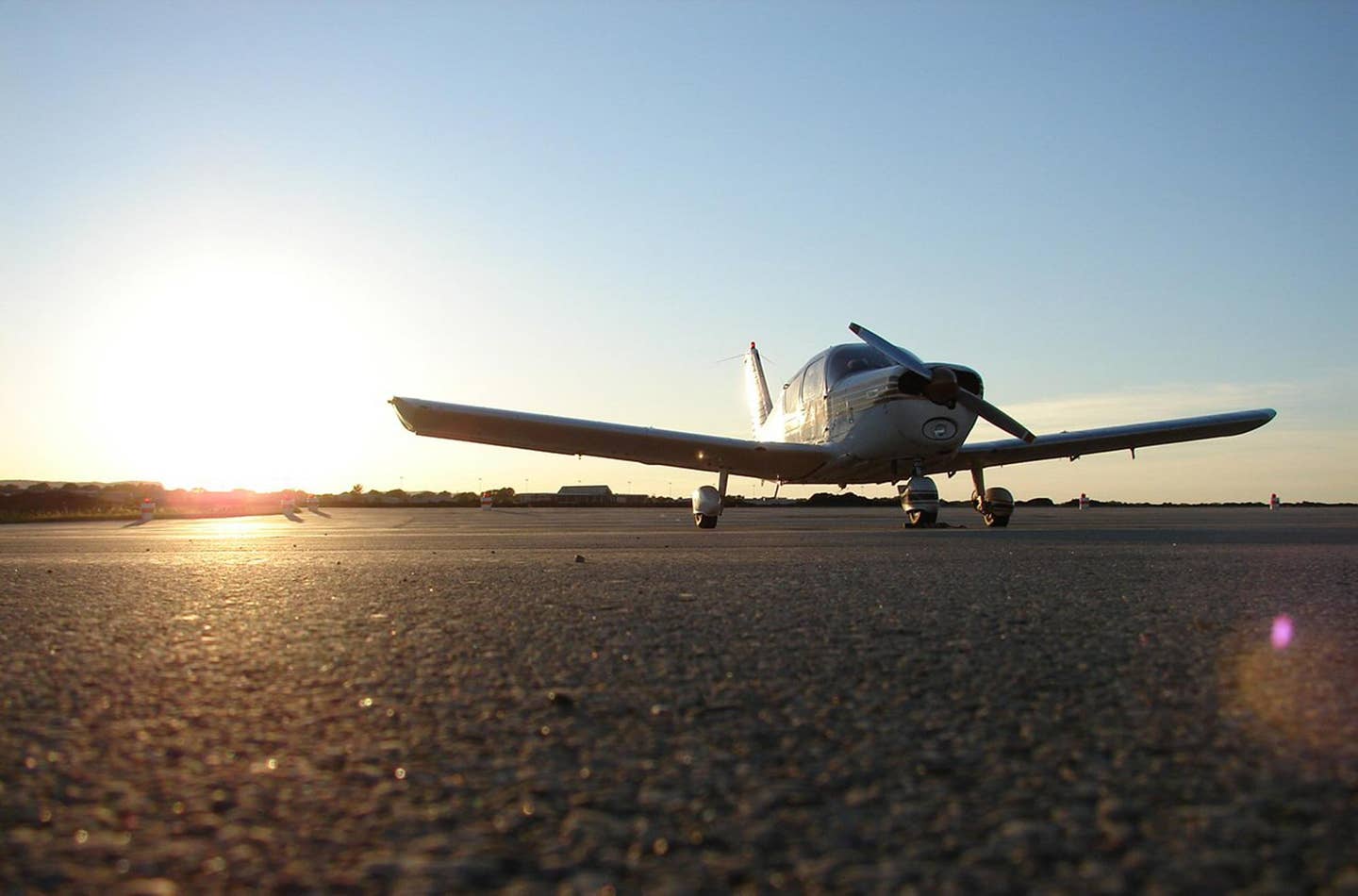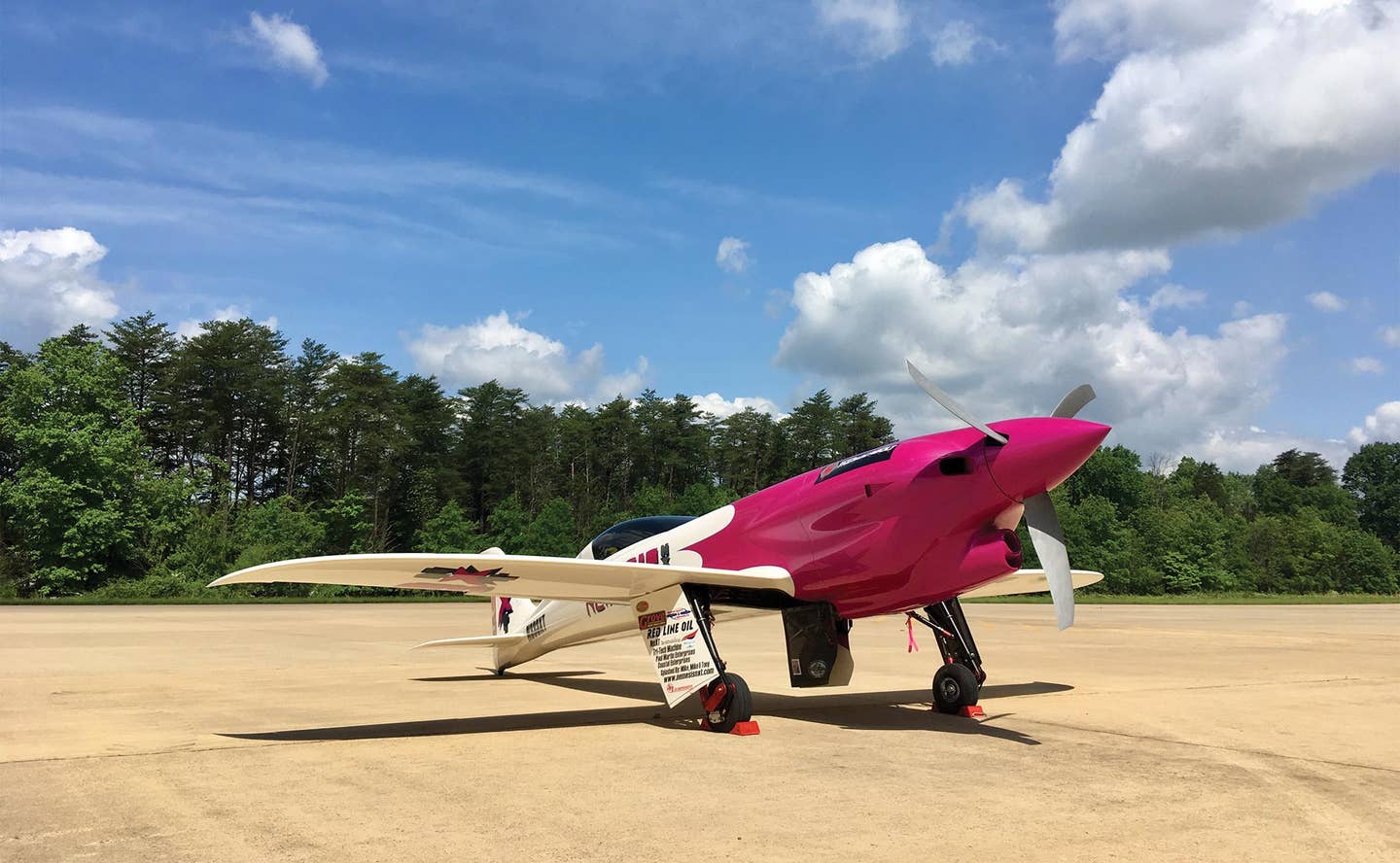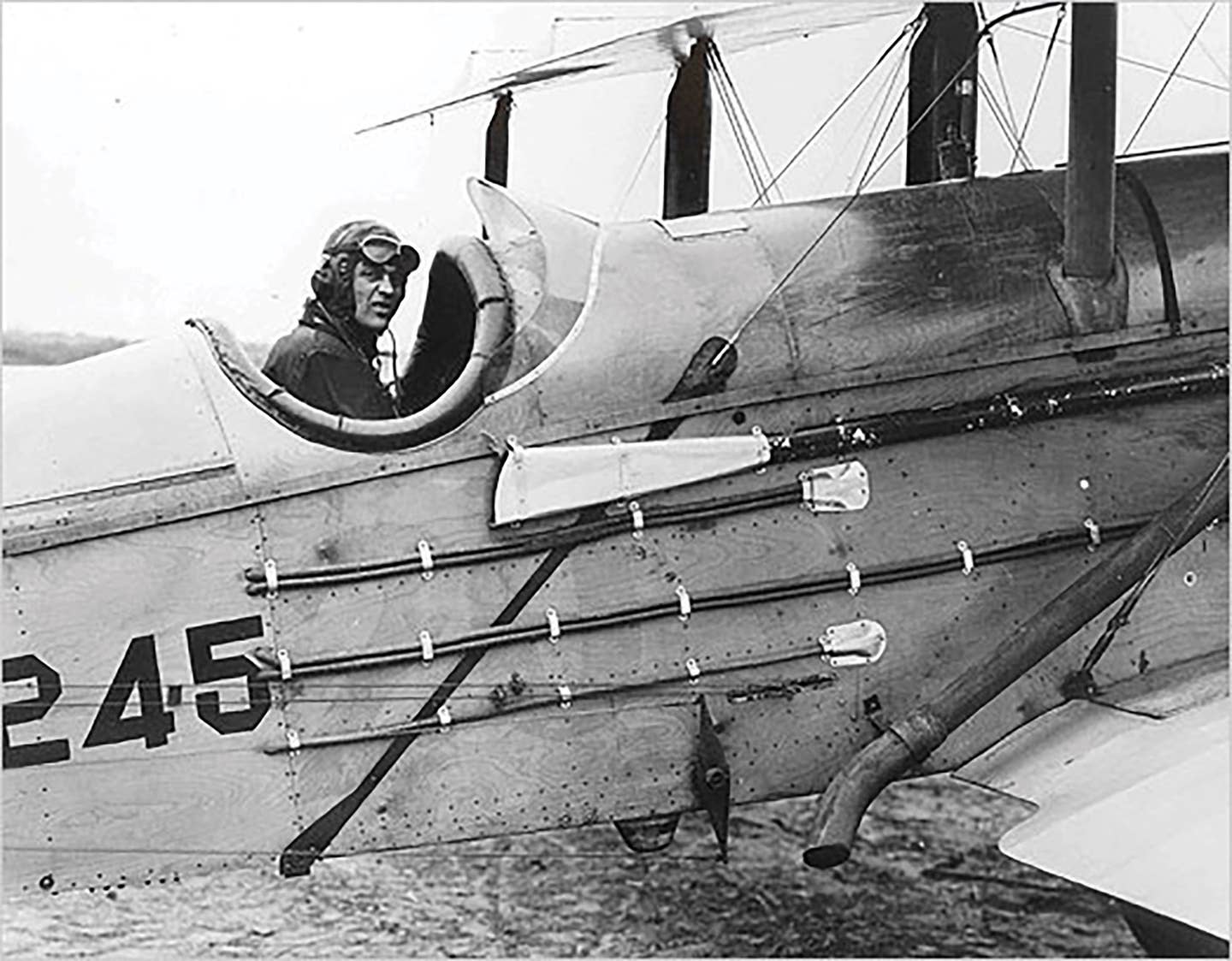Wright Flyer
I remember learning as a kid about the first plane ever, and I was, to be honest, disappointed. It wasn’t that I missed the significance. Its first flight was clearly…
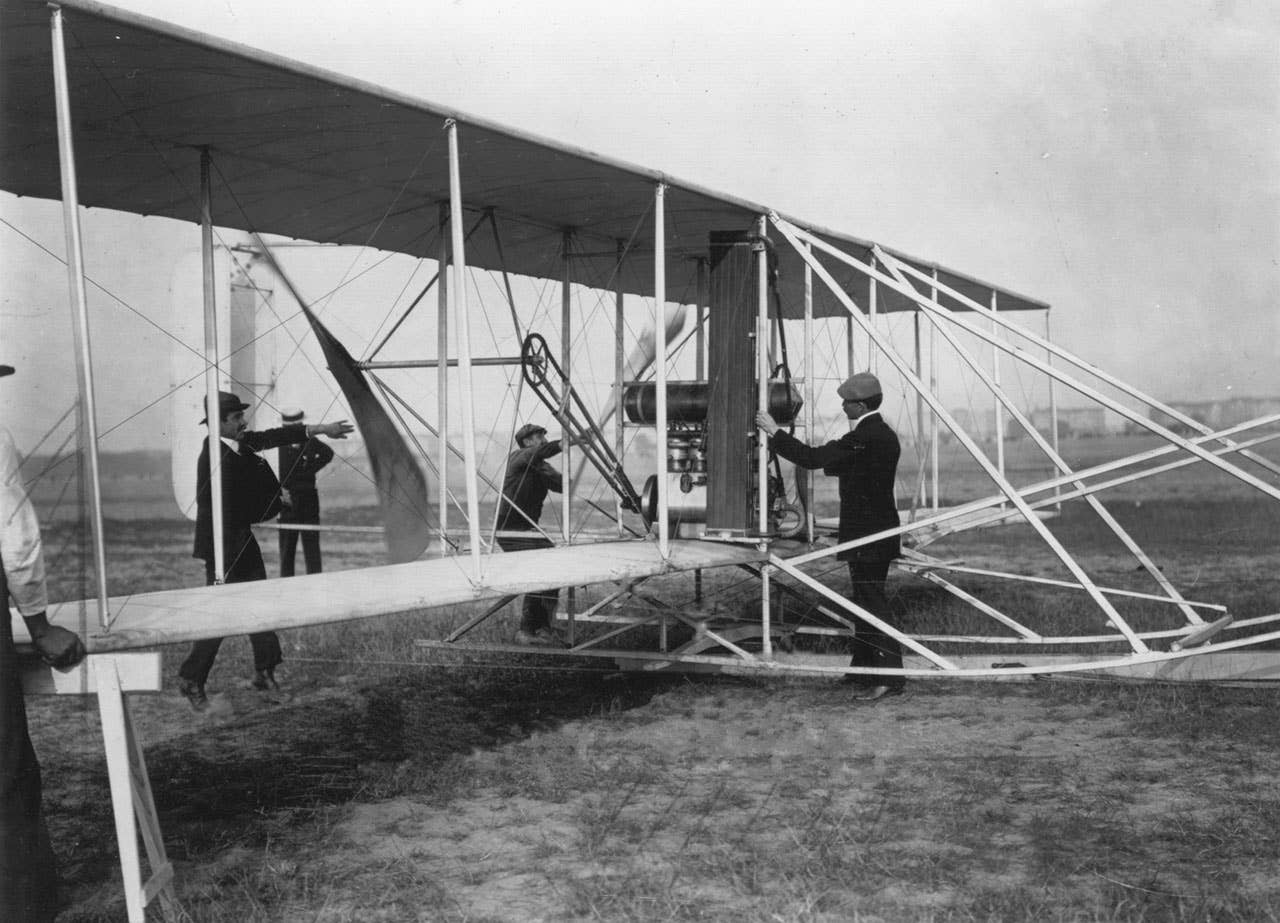
The weird, erector-set look of the Wright Flyer hasn’t prevented it from being perhaps the most iconic plane in history, thanks, of course, to its being the first successful heavier-than-air craft to fly. Photo via Wikimedia Commons, Public Domain
I remember learning as a kid about the first plane ever, and I was, to be honest, disappointed. It wasn't that I missed the significance. Its first flight was clearly a monumental achievement, not only in aviation but in world history. The disappointment was because, well, it was just so funky looking, more like a homemade parade float or Rube Goldberg paddle wheel than an airplane. Back then, I was sketching Corsairs and Comets. The Wright Flyer was nothing like them. What could Orville and Wilbur have been thinking! As it turns out, they hadn't been privy to the 60-plus years of breakneck progress in all things aviation that 7-year-old me was. They were doing the best they could to figure out how they could possibly fly at all while overcoming the technological and materials challenges the creators of Spitfires and Electras had learned as teenagers.
But the remarkable part of fame is that it sometimes goes hand in hand with an odd appearance. The Wright Flyer, with its solo pilot prone, face-first at the wind on a craft, wings and tails and power sources seemingly placed at random around him, cast an appearance unlike any machine people had laid eyes on before. Indeed, its odd appearance spoke loudly about the achievement of the brothers from Dayton, who against all odds coaxed a heavier-than-air contraption into the shallow sky above them. The very shape of the Flyer made it clear just how hard that was.

Subscribe to Our Newsletter
Get the latest Plane & Pilot Magazine stories delivered directly to your inbox


